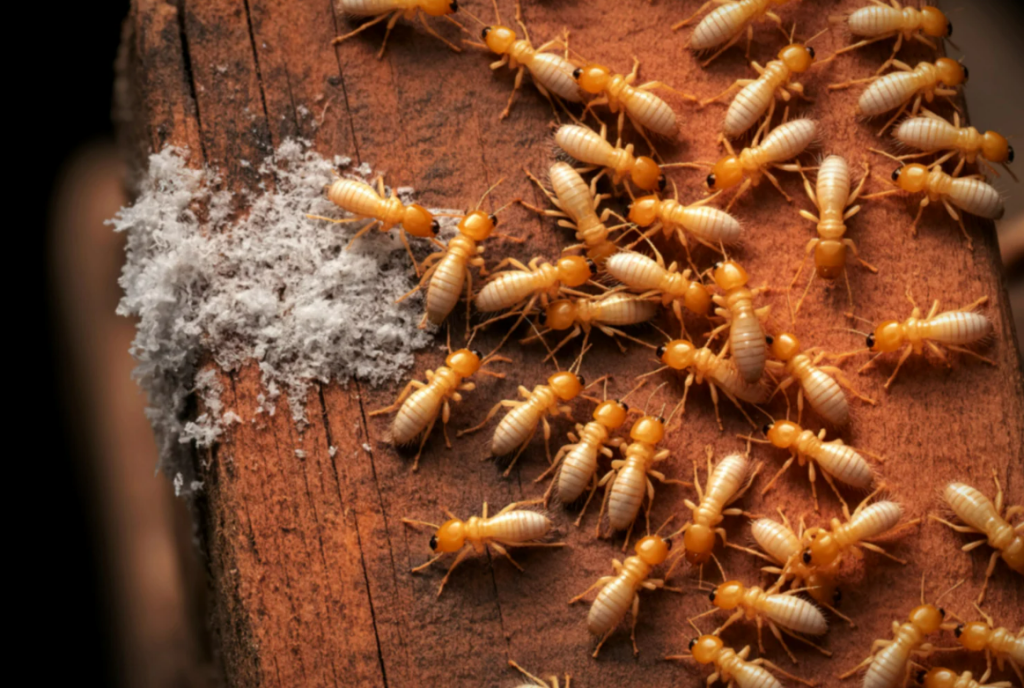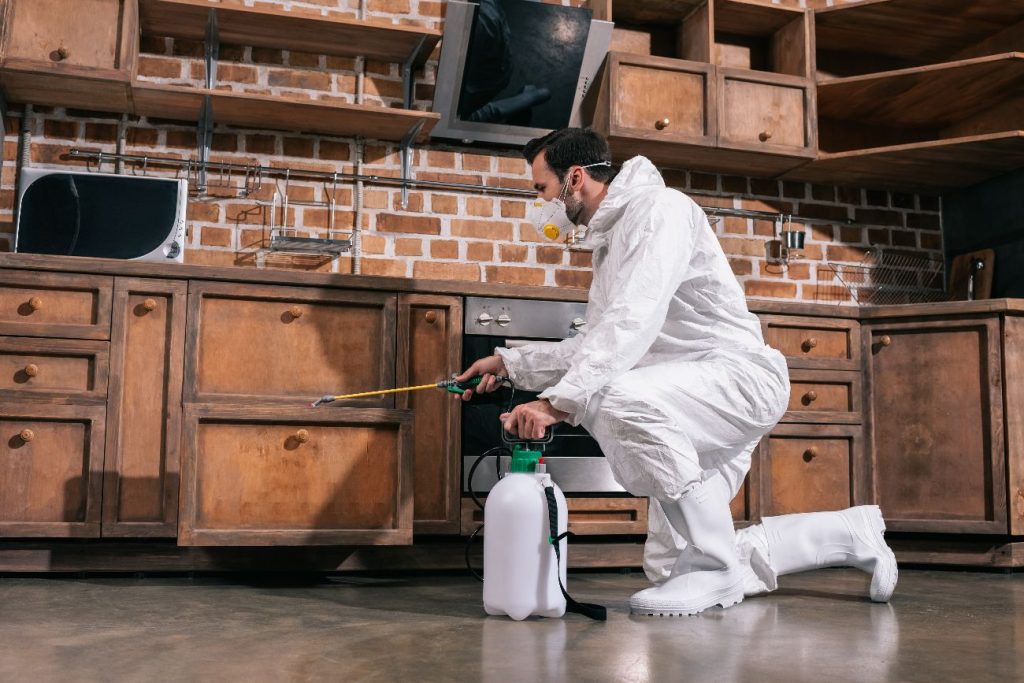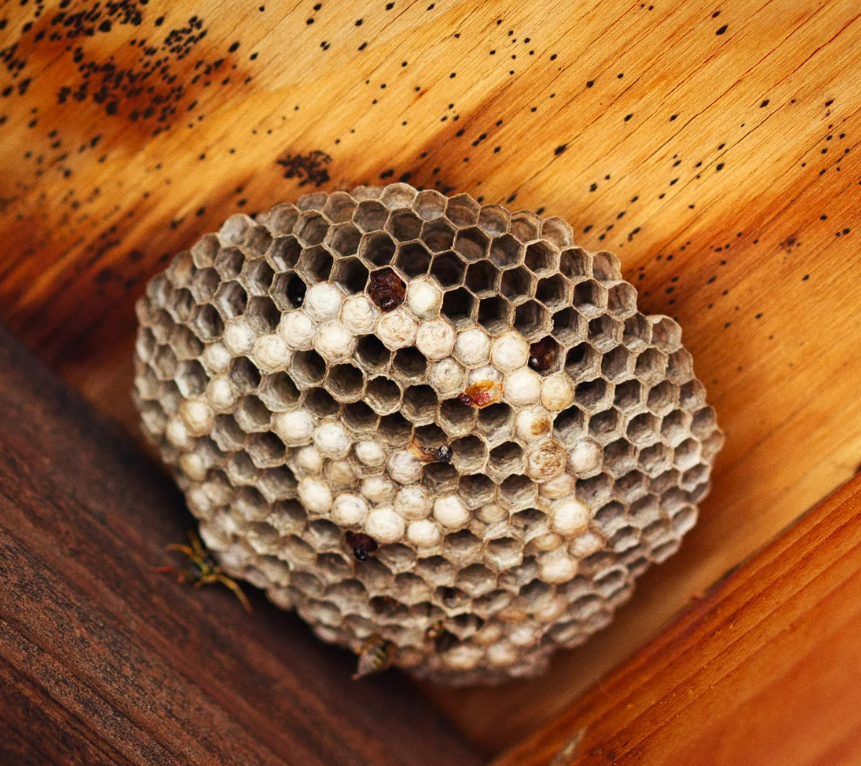Termites are one of the most destructive home pests, and also the hardest to detect, which is why they are often called silent destroyers. They quietly eat away at wood, flooring, and even wallpaper, sometimes for years before being discovered, and by the time visible damage appears, it might already need structural repairs.
This article will give trending tips on how to spot signs of a termite infestation, what to watch for, where to look, and why acting quickly can help eradicate them permanently.

Here are early warning signs of a termite infestation:
- Dead or Discarded Wings
Many people overlook this but one of the earliest signs of a termite infestation is discarded wings near windows, doors, or light bulbs. Termites when they leave their colonies to start new ones often shed their wings because they no longer need them.
Homeowners often mistake these wings for small pieces of clear plastic or fish scales, but they are clear indicators that a new termite colony is forming nearby. Whenever you find piles of wings, it is a strong indication that termites are active in or around your property, especially after spring or early summer rain.
To tackle this immediately, always ensure to Inspect windowsills, sliding door tracks, and exterior lighting. This is because termite swarmers are drawn to light, and their wings are most likely to be found in those areas.
- Empty or Hollow Wood Sounds
Another key warning sign is wood that sounds hollow when tapped. Termites eat wood from the inside out, leaving only a thin layer on the surface, thereby creating the illusion of solid wood until pressure or vibration makes it crumble.
Some of the common spots you should check include kitchen counters, window sills, door frames and wooden furniture, walls or floors. If your wood feels spongy, breaks easily, or produces a dull, hollow sound when struck, termites could be feeding within.
- Sagging Floors or Ceiling
When termites eat away at structural beams of a building, the damage can cause parts of the house to sink, sag, or feel uneven. This is the stage you begin to notice the floors beginning to bounce when walked on or ceilings that appear to be punctured.
Since these changes happen slowly, homeowners might think there’s a need for routine maintenance of bad floors or ceiling. However, it mostly points to internal termite damage and ignoring it could lead to serious safety risks and expensive repairs.

What to Do If You Suspect Termites
Once you spot any of these signs, don’t attempt to handle it alone, as regular sprays or DIY traps rarely get the job done, which may be deep underground or inside structural beams.
Instead, call a licensed pest control professional like Sniper Termite & Pest Control to conduct a comprehensive inspection.
Professionals often use special tools like moisture meters, infrared cameras, and borescopes to locate termite activity. Treatment methods can either be to totally eliminate colonies, create a protective barrier or better still prevent future infestations.
Endnote on Early Warning Signs of Termite Infestation
Termite infestations can start quietly but end with severe consequences, which is why the earlier you catch the warning signs from the easier it is to protect your home. Likewise, regular inspections, especially in warm regions, can make the difference between a quick treatment and a costly renovation.





